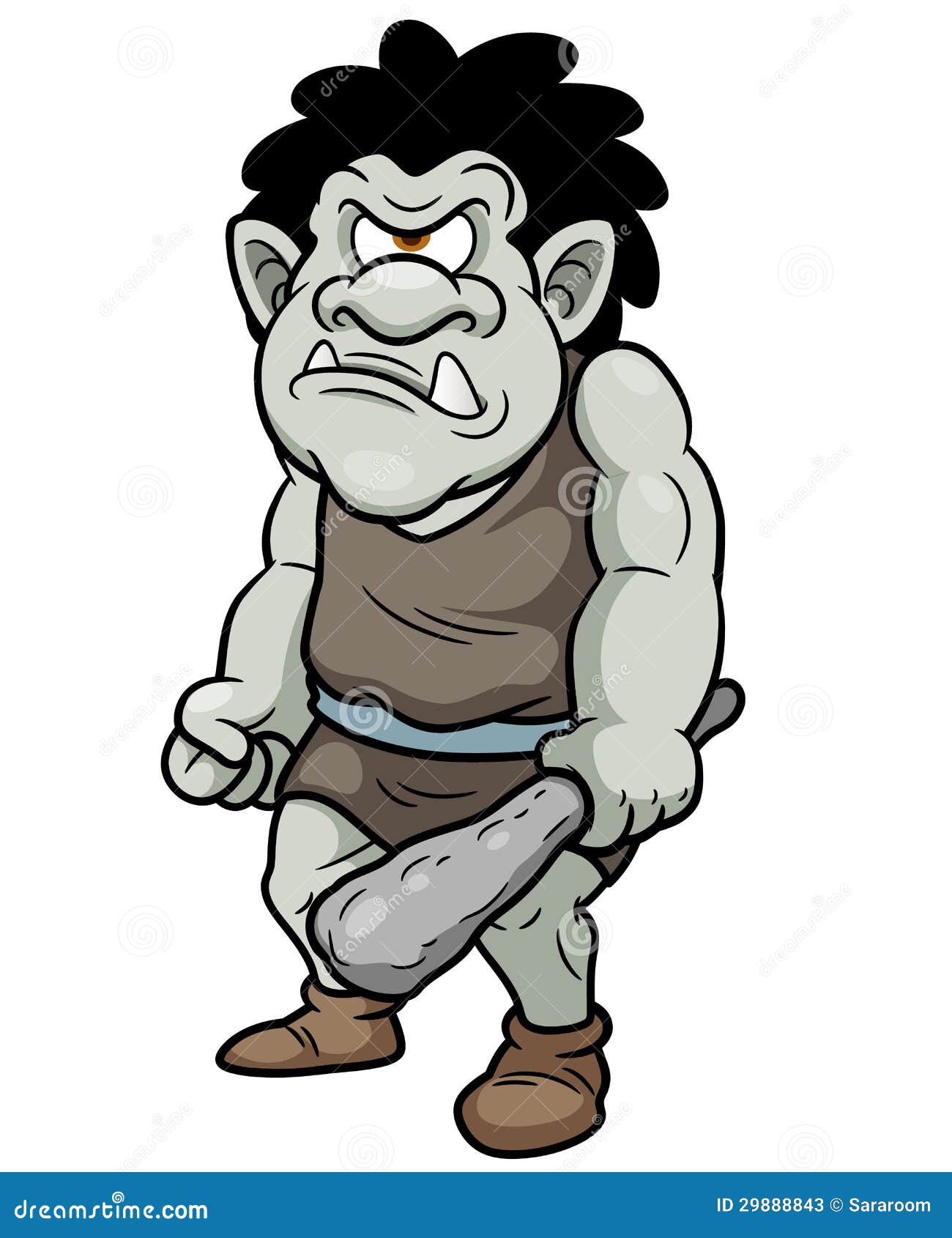
“It was like those photos of phone booths, where college students would pack themselves into to see how many people could fit,” says Bird. “The team’s ability as a unit just skyrocketed.”Īnother team strengthening tactic was to invite the leads of all the different departments into the editing room to help keep everyone on the same page. “I thought it was great,” remembers Bird, and from that moment a little barrier was crossed.

The person erased Bird’s drawing and offered another solution. Finally, he heard an “ugh” in the crowd and encouraged the artist to come forward and share his thoughts. He also encouraged the artists to speak up, though for the first two months no one expressed their opinions out loud. “My rationale was if we take the strengths of all of us and put them together, we’d have enough to have a super animator.” “We threw these people into the deep end and gave them challenging and difficult scenes,” says Bird. I took the story as a starting point and a question occurred to me-‘What if a gun had a soul and didn’t want to be a gun?’”īird gathered a crew together, many of whom where young and talented but didn’t have much experience. I felt that the core of the story was between the giant and the boy. “I read the Ted Hughes book, and I didn’t see it as a musical. “The Iron Giant seemed intriguing to me,” says Bird. He was told to look at Warner’s 50-some projects in development and choose one.

Can you imagine the Iron Giant singing rock songs written by The Who’s Pete Townsend? That was almost the fate of the soulful robot before Brad Bird came to Warner Bros., with just three months left on his Turner Feature Animation contract.


 0 kommentar(er)
0 kommentar(er)
